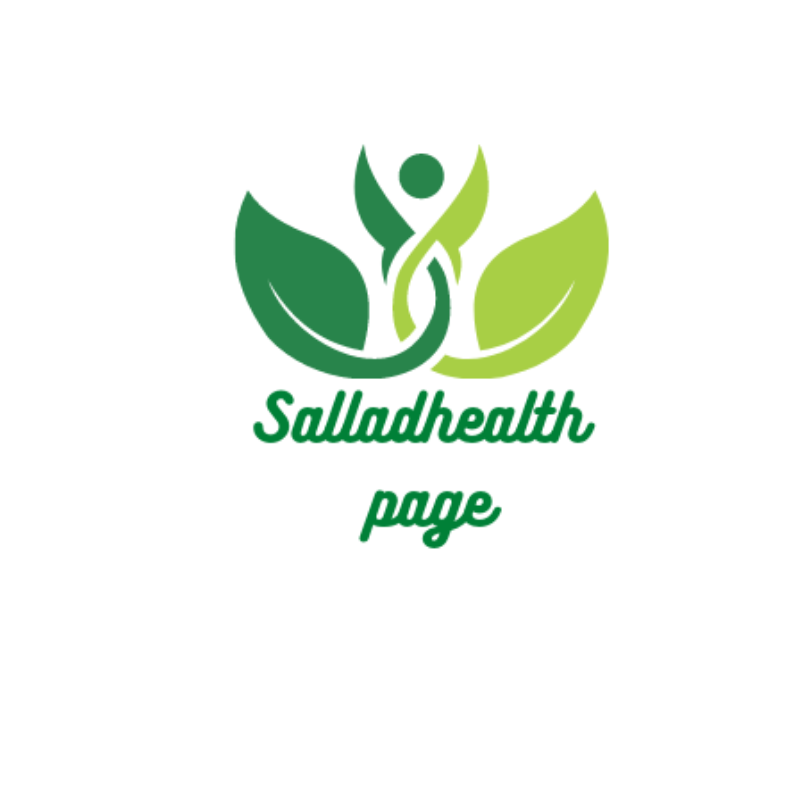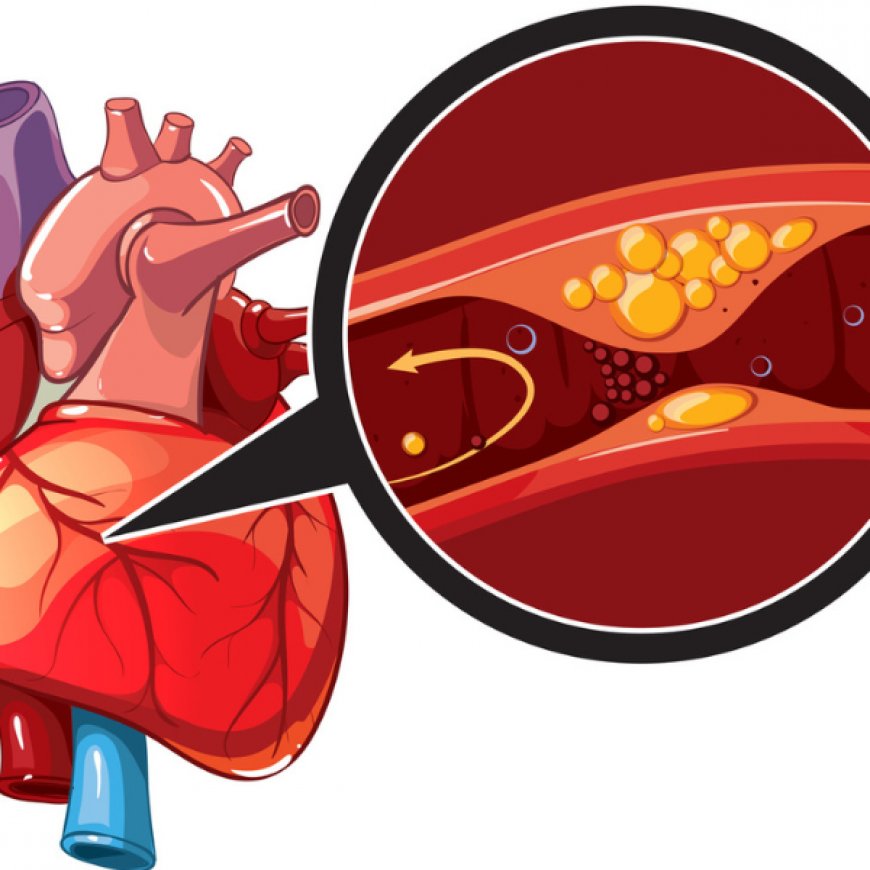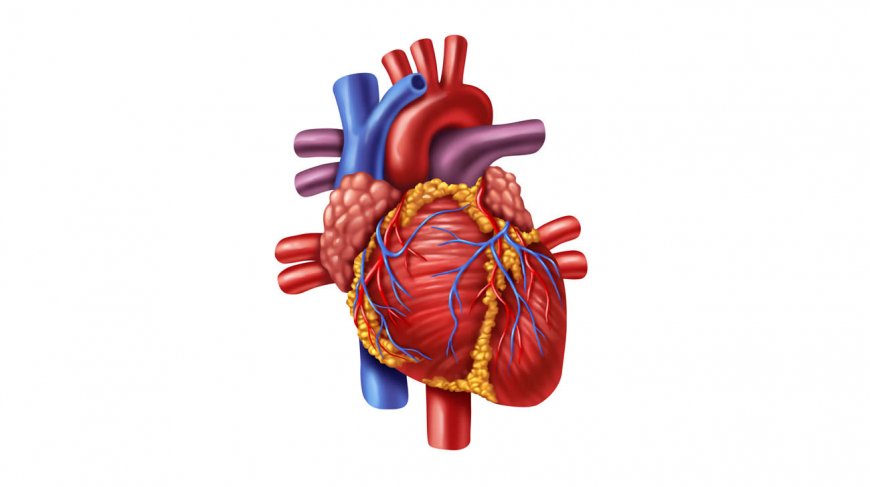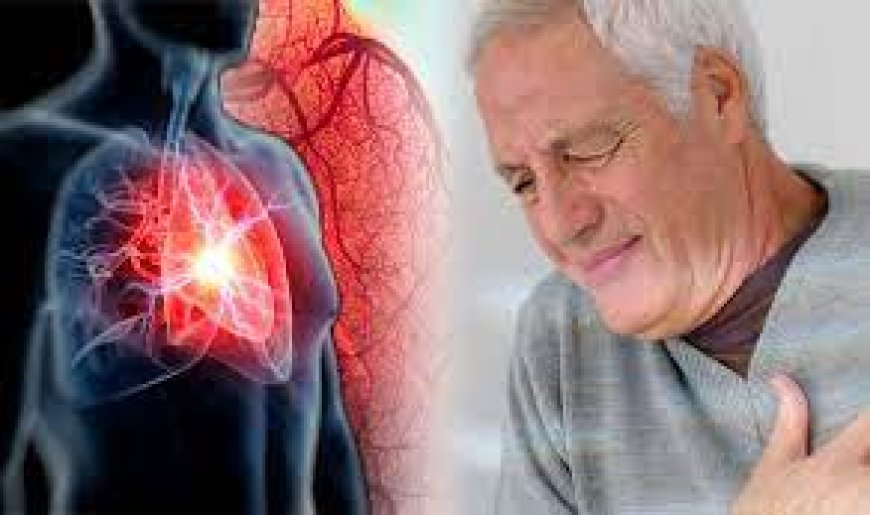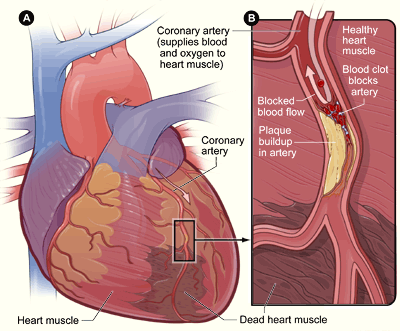Coronary Artery Disease

Coronary artery disease (CAD), is the most well-known kind of coronary illness on the planet. It is once in a while called coronary illness or ischemic coronary illness.
For certain individuals, the main indication of coronary artery disease is a coronary episode. You and your medical care group might have the option to assist with decreasing your gamble for computer aided design.
What causes coronary conduit illness?
Coronary Artery Disease is brought about by plaque development in the walls of the conduits that supply blood to the heart (coronary corridors) and different pieces of the body.
Plaque is comprised of stores of cholesterol and different substances in the corridor. Plaque development makes within the corridors tight over the long run, which can to some extent or absolutely block the blood stream. This interaction is called atherosclerosis.
What are the side effects of coronary supply route infection?
Angina, or chest torment and distress, is the most widely recognized side effect of coronary artery disease. Angina can happen when a lot of plaque develops inside veins, making them thin. Limited courses can cause chest torment since they can obstruct blood stream to your heart muscle and the remainder of your body.
For some individuals, the main piece of information that they have coronary artery disease is a coronary episode. Side effects of coronary failure incorporate
• Chest agony or uneasiness (angina)
• Shortcoming, dazedness, queasiness (feeling debilitated to your stomach),
Or nervous perspiration.
• Agony or distress in the arms or shoulder
• Windedness
Over the long run, coronary artery disease can debilitate the heart muscle. This might prompt cardiovascular breakdown, a difficult condition where the heart can't siphon blood the manner in which it ought to.
What are the dangers for coronary supply route infection?
Overweight, actual dormancy, undesirable eating, and smoking tobacco are risk factors for coronary artery disease. A family background of coronary illness likewise expands your gamble for coronary artery disease, particularly a family background of having coronary illness at an early age (50 or more youthful).
To figure out your gamble for coronary artery disease , your medical care group might quantify your circulatory strain, blood cholesterol, and glucose levels.
How is coronary vein illness analyzed?
• Electrocardiogram (ECG or EKG). This easy test estimates the electrical movement of the heart. It can show how quick or slow the heart is thumping. Your supplier can see signal examples to decide whether you're having or had a coronary episode.
• Echocardiogram. This test utilizes sound waves to make photos of the pulsating heart. An echocardiogram can show how blood travels through the heart and heart valves.
Portions of the heart that move pitifully might be brought about by an absence of oxygen or a cardiovascular failure. This might be an indication of coronary corridor illness or different circumstances.
• Practice pressure test. On the off chance that signs and side effects happen most frequently during exercise, your supplier might request that you stroll on a treadmill or ride an exercise bike during an ECG. On the off chance that an echocardiogram is finished while you do these activities, the test is known as a pressure reverberation. On the off chance that you can't work out, you may be given meds that invigorate the heart like activity does.
• Atomic pressure test. This test is like an activity stress test yet adds pictures to the ECG accounts. An atomic pressure test shows how blood moves to the heart muscle very still and during stress. A radioactive tracer is given by IV. The tracer assists the heart veins with appearing all the more plainly on pictures.
• Heart (cardiovascular) CT filter. A CT output of the heart can show calcium stores and blockages in the heart conduits. Calcium stores can limit the conduits.
Some of the time color is given by IV during this test. The color makes itemized photos of the heart corridors. On the off chance that color is utilized, the test is known as a CT coronary angiogram.
• Heart catheterization and angiogram. During cardiovascular catheterization, a heart specialist (cardiologist) tenderly embeds an adaptable cylinder (catheter) into a vein, generally in the wrist or crotch. The catheter is delicately directed to the heart. X-beams assist with directing it. Color moves through the catheter. The color assists veins with appearing better on the pictures and layouts any blockages.
Assuming you have a conduit blockage that needs treatment, an inflatable on the tip of the catheter can be swelled to open the course. A lattice tube (stent) is regularly used to keep the vein open.
Assuming that you're at high gamble for coronary illness or as of now have side effects, your primary care physician can utilize a few tests to analyze Coronary artery disease.
Heart tests and what they do.
What is cardiovascular restoration and recuperation?
Cardiovascular recovery (recovery) is a significant program for anybody recuperating from a coronary episode, cardiovascular breakdown, or other heart issue that expected a medical procedure or clinical consideration. In these individuals, heart recovery can assist with working on personal satisfaction and can assist with forestalling another cardiovascular occasion. Cardiovascular recovery is a directed program that incorporates
• Actual work
• Training about sound living, including smart dieting, accepting medication as recommended, and ways of assisting you with stopping smoking
• Guiding to track down ways of alleviating pressure and work on psychological wellness
A group of individuals might help you through heart recovery, including your medical services group, exercise and nourishment subject matter experts, actual specialists, and instructors or emotional well-being experts.
How might I be better assuming I have coronary corridor sickness?
Assuming that you have computer aided design, your medical services group might propose the accompanying moves toward assist with bringing down your gamble for respiratory failure or demolishing coronary illness:
• Way of life changes, for example, eating a better (lower sodium, lower fat) diet, expanding actual work, arriving at a solid weight, and stopping smoking
• Meds to treat risk factors for computer aided design, for example, elevated cholesterol, hypertension, or an unpredictable heartbeat
• Surgeries to assist with reestablishing blood stream to the heart
Treatment
Treatment for coronary course illness normally includes way of life changes, for example, not smoking, practicing good eating habits and practicing more. At times, meds and systems are required.
Drugs
There are many medications accessible to treat coronary course sickness, including:
• Cholesterol drugs. Meds can assist with bringing down terrible cholesterol and decrease plaque development in the courses. Such medications incorporate statins, niacin, fibrates and bile corrosive sequestrants.
• Ibuprofen. Ibuprofen diminishes the blood and forestall blood clusters. Day to day low-portion anti-inflamatory medicine treatment might be suggested for the essential counteraction of respiratory failure or stroke in certain individuals.
Day to day utilization of anti-inflamatory medicine can make serious side impacts, remembering draining for the stomach and digestive organs. Try not to begin taking a day to day headache medicine without conversing with your medical care supplier.
• Beta blockers. These medications slow the pulse. They likewise lower circulatory strain. In the event that you've had a coronary episode, beta blockers might diminish the gamble of future assaults.
• Calcium channel blockers. One of these medications might be suggested in the event that you can't take beta blockers or beta blockers don't work. Calcium channel blockers can assist with further developing side effects of chest torment.
• Angiotensin-changing over chemical (Pro) inhibitors and angiotensin II receptor blockers (ARBs). These medications lower circulatory strain. They might assist with holding coronary course illness back from deteriorating.
What's Your Reaction?




























